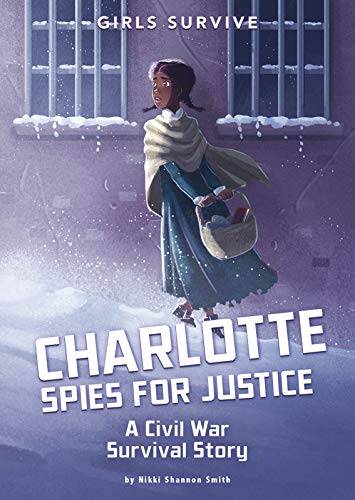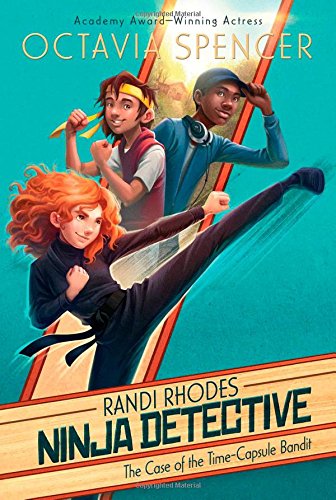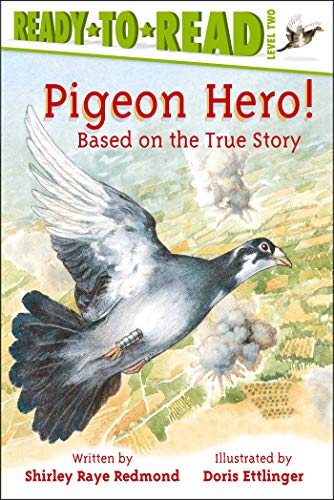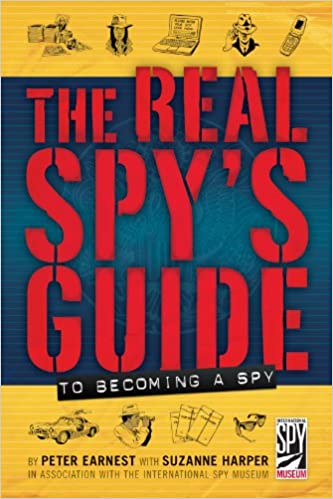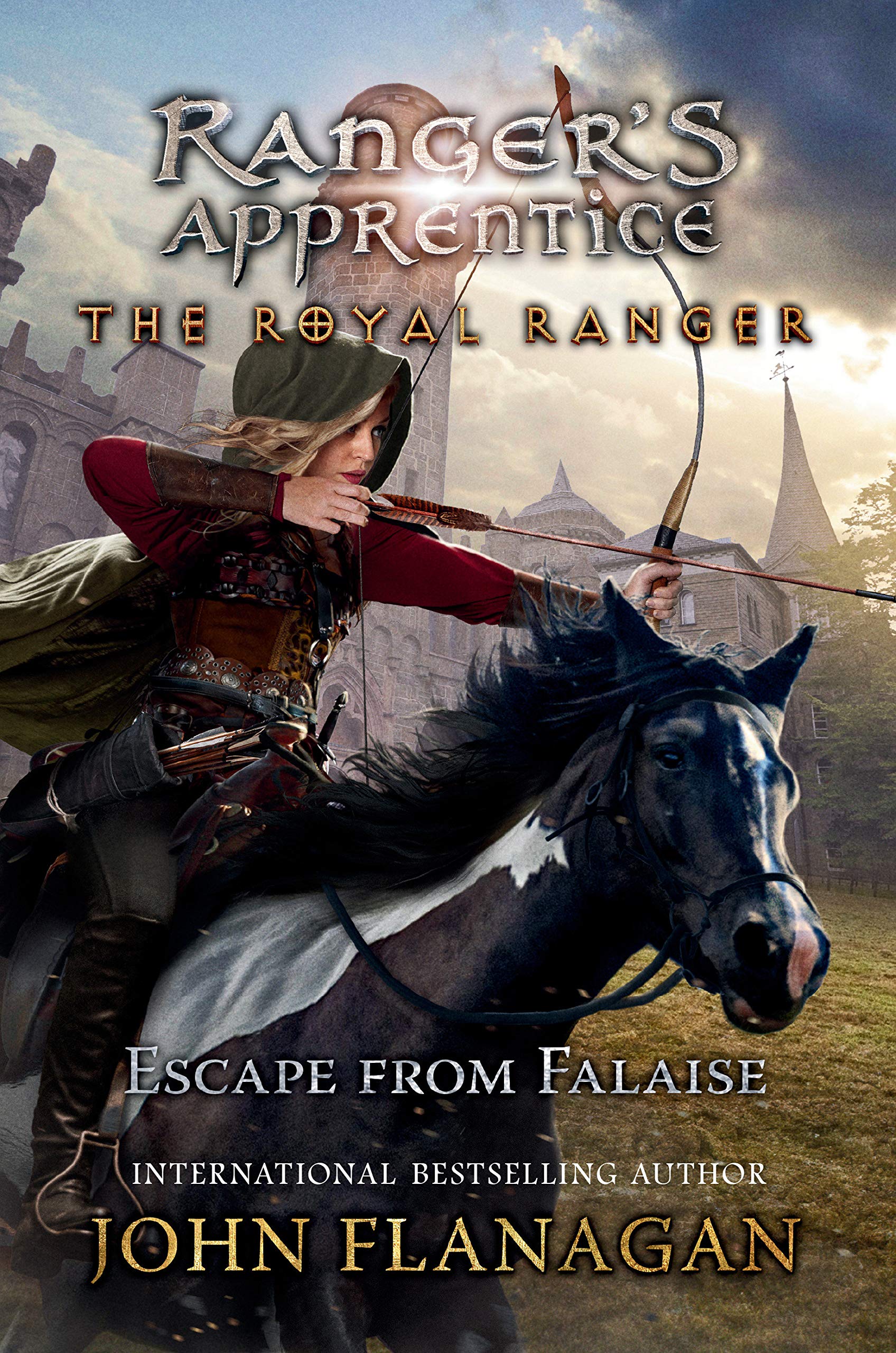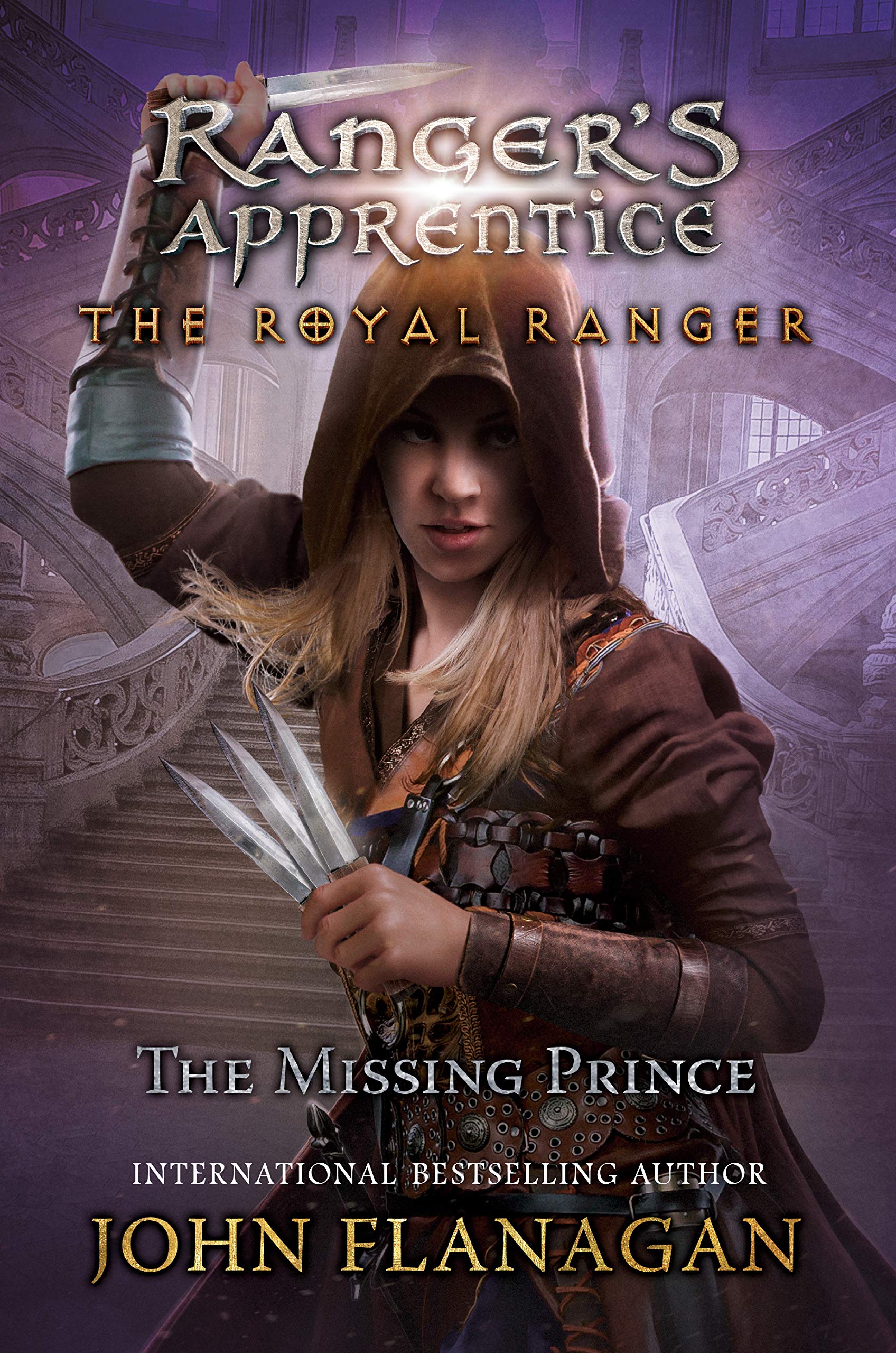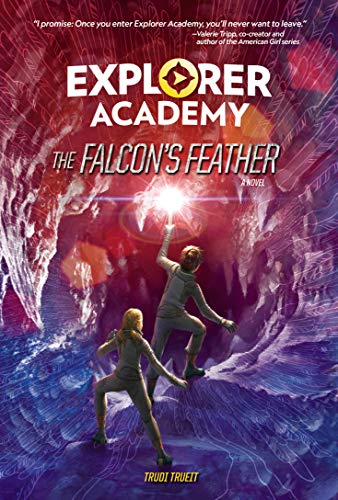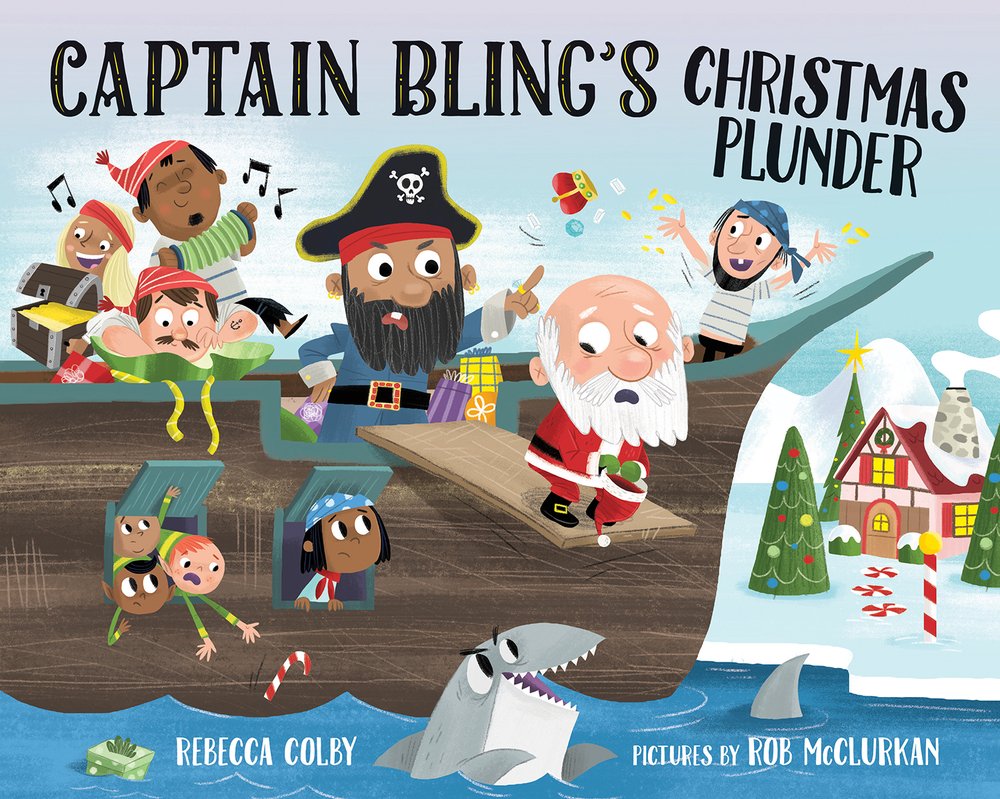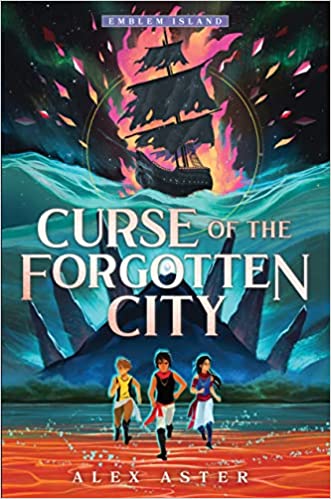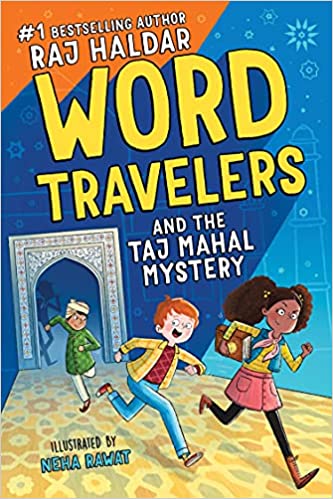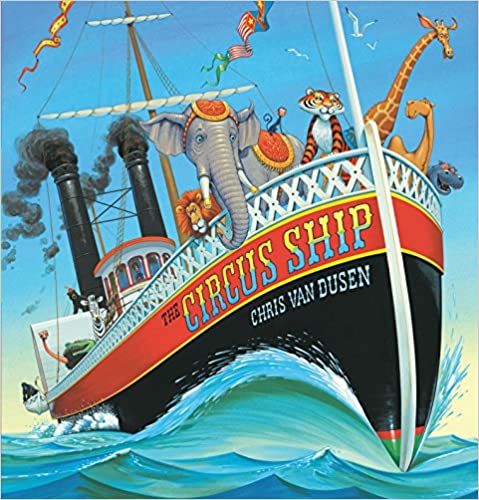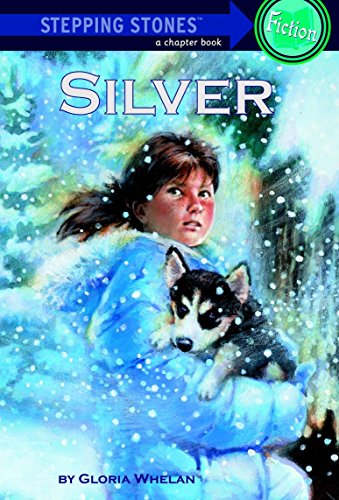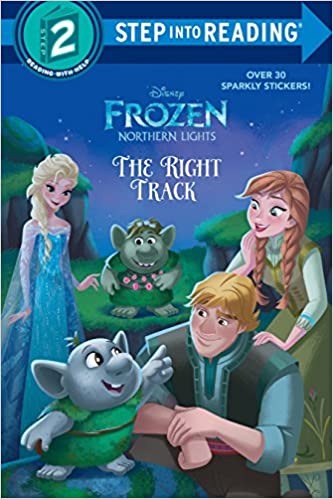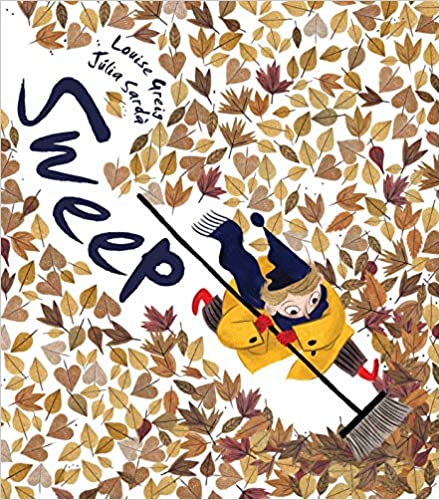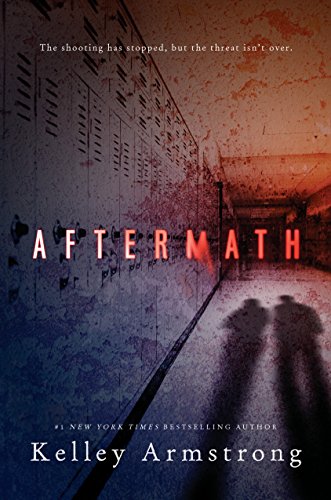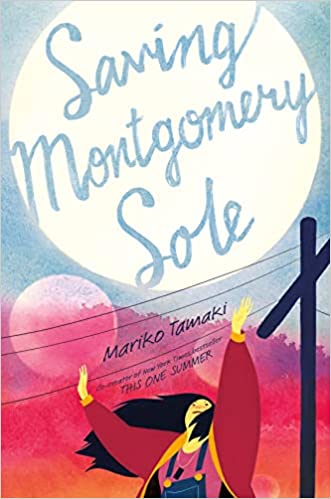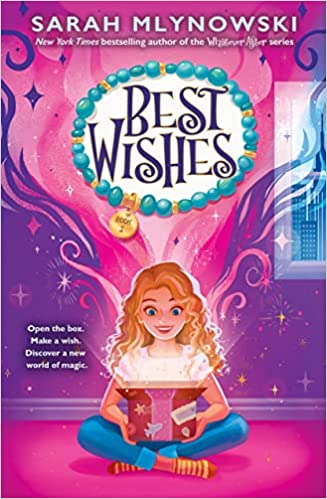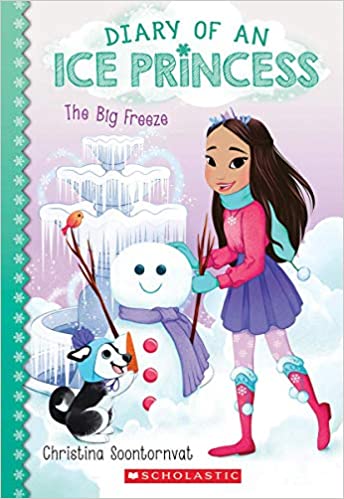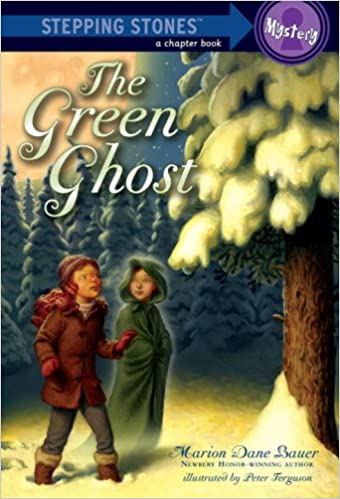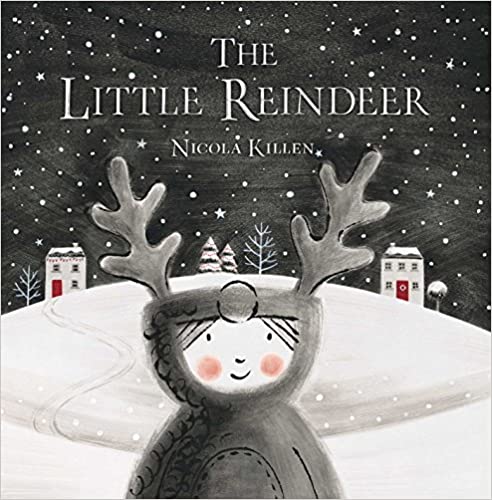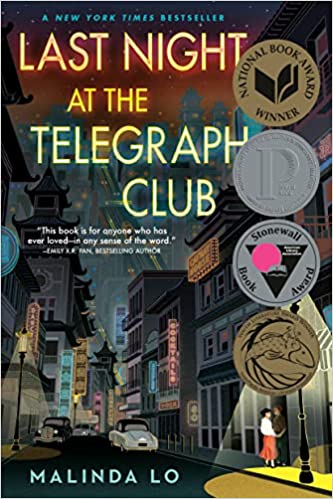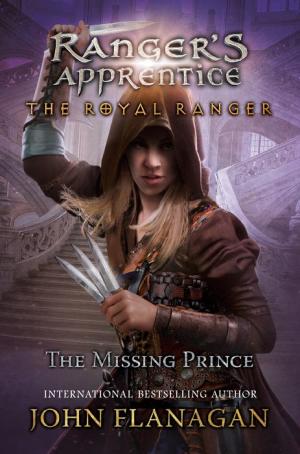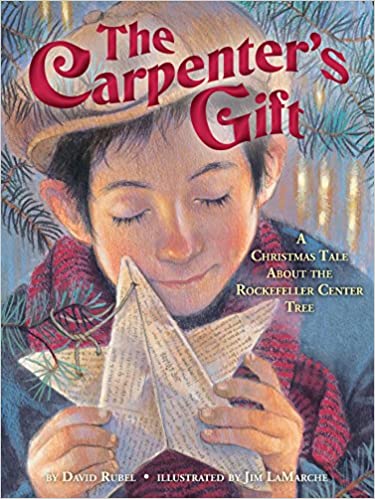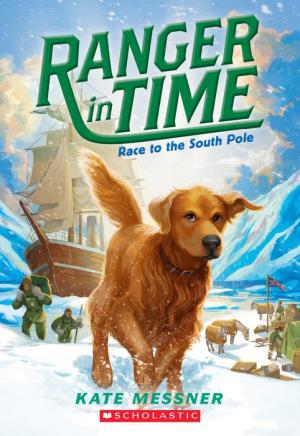Montgomery Sole is used to being the odd one out, the “mystery” kid, at school and in her small town. Montgomery is used to being judged and misunderstood by those around her, mainly because she has two moms. But Montgomery finds solace in her friends, Thomas and Naoki, who, like her, enjoy a good mystery. Together the group forms a school club dedicated to all things mysterious, strange, and unexplained.
One day, after falling down a deep rabbit hole on the internet, Montgomery finds the “Eye of Know,” a possibly all-powerful and all-seeing crystal amulet, that is only $5.99. Intrigued by the mystery and ambiguity surrounding this necklace, Montgomery buys it. But once she begins to wear the Eye of Know, strange things begin to happen. People Montgomery despises, like her school bully, have unexplained terrible things happen to them.
Montgomery, not knowing what is happening, begins to confront the bullies and ignorance in her life, fueled by her anger toward them. Montgomery is forced to learn how to deal with these mean people, without losing herself and the people she loves most in the process. Montgomery is a caring, headstrong, passionate sixteen-year-old. As she is dealing with the bullies and ignorance in her life, she is also trying to grow up and explore her interests. While Montgomery becomes slightly obsessed with figuring out all the mysteries of the world, she is reminded that when “exploring… [in] the end of it, what you know is you.” Montgomery reminds readers that you don’t need to try to fit in with society’s standards and that it is okay to simply be a mystery.
Saving Montgomery Sole discusses religion and its weaponization. Growing up, Montgomery has felt at odds with religion since it has often been forced upon her. Plus, it is the religious people in her life who have told her that she and her family need to change. For example, when Montgomery was younger, her religious, Evangelical grandparents often told her that she needed a real father and she needed to be a “good Christian” girl. Then, when a religious preacher moves into town and begins plastering posters around the community that say the American family needs to be “saved,” Montgomery again feels targeted. Montgomery feels as if her family and their way of life are being attacked by this preacher, who is claiming to know what is right and wrong, and his religion. In the end, Montgomery realizes that while there will always be some people who use religion negatively to force their beliefs on others, it does not mean she needs to feel attacked. Montgomery realizes she can rise above the hate.
Saving Montgomery Sole also highlights the importance of friendship and family. Throughout the novel, Montgomery keeps her worries and fears to herself. While Montgomery is feeling attacked by the new preacher and the school bullies, she keeps this to herself, insisting to those around her that she is fine. This only increases Montgomery’s feelings of isolation. It is only when she talks to her moms and her friends about what is bothering her that she begins to feel better. Montgomery reminds readers that they are not alone, and of the importance of relying on one’s support system in times of need.
Overall Saving Montgomery Sole is a great book, with a diverse and hilarious cast of characters. Its magical undertones and fun storyline balance out its serious messages about hate and bigotry. While Montgomery Sole is coming to terms with the difficult world around her, she reminds the audience that it is okay to be unique. Montgomery’s actions show that people do not need to fit into society’s mold.
Sexual Content
- When Montgomery and her friends are discussing lucid dreams, Thomas “says most of his dreams are sexy dreams.”
- When Matt transfers schools, Montgomery befriends him and they go on a lunch date. After flirting, Montgomery “leaned forward and . . . kissed him.” She explains “I wanted to because at the time I thought he was cute. . . I was enchanted. We had three soft kisses. They were these amazing little melty kisses. Then his hand grabbed my thigh. Clamped down. And all of the sudden it was just like tongue. And I pulled back . . . We kissed again. I learned to manage the overwhelmingness of tongue. And the meltiness came back. But that feeling was quickly replaced by something else, specifically his hand pushing under the front of my sweater. I could feel him searching from my boobs, like clawing past my T-shirt in this weird, frustrating way.” Montgomery pulls away from Matt not wanting to continue further. Matt responds negatively, saying “Oh my God, I knew it . . . you’re a dyke, right?”
Violence
- Montgomery reads a blog about a woman who thinks she is in the “process of becoming a human cyborg.” An article Montgomery reads later explains the woman “had to give it up because she was hallucinating, possibly due to lead poisoning from all the bolts and screws she was inserting under her skin.
- There are many instances of bullying throughout the book, specifically towards Montgomery and her friend Thomas, who is gay. For example, the school bully, Matt, purposely bumps into Thomas. Matt spins around and says, “I thought you gays, I mean, guys were supposed to be light on your feet.”
- One day Montgomery finds a white cross on her locker, as well as “kick me stickers, MONTYZ MOMZ HAVE AIDS signs, [and] MONTY IS A LESBIAN Post-it notes.”
- When she is walking down the hall, Montgomery is “nearly slammed into a wall” by Matt, who says, “Watch your face, Sole!”
- At Montgomery’s younger sister’s soccer game, a group of girls make incredibly bigoted comments at the other team. These comments include: “I think a couple of these kids are, like, Mexican. They’re probably not even legal,” “That girl needs an eating disorder,” and, “Does this girl with the pink bow in her hair look retarded to you?” When the girls see Montgomery’s mothers hugging, one of the girls exclaims “let’s get out of here before they, like, rape us.”
- While she is standing by her locker, Montgomery “was hit with a heavy thud against [her] back.” It was Matt who hit her.
- One day after class, Montgomery and Thomas find that his locker was vandalized. The writing says, “Thomas blow jobs for $5.”
Drugs and Alcohol
Language
- Profanity is used occasionally. Profanity includes idiot, dickhead, dick, bitch, assholes, jerkoff, and shitty.
- Derogatory language is also used a few times. This includes retard, dyke, and fag.
- Some of the profanity in the book is only implied. For instance, at a soccer game, a woman yells obscenity “like the C word” at the ref.
Supernatural
- Montgomery and her friends have a school club where they talk about the mysteries of the world, often these topics are of the supernatural nature. The topics include remote viewing, ESP, mind control, and more.
- The Eye of Know is described as a rock “excavated from an asteroid landing in the magical mountain ranges of Peru. When wielded by a skilled visionary, the eye is a portal to vision untold. Journey forward into insight. Explore the power of know.”
- When Montgomery was younger, she and her mothers went to a haunted antique store. Montgomery asks the shop owner about the ghost. The shop owner explains it is a “feminine spirit.”
Spiritual Content
- Montgomery ponders on spiritual messages. She wonders if “maybe there was some connection between bread and Christianity that merited further investigation.”
- Montgomery explains that the new reverend in town thinks her and her friends are “going to hell.”
- Montgomery’s younger sister, Tesla, is interested in praying with some of her friends before their soccer game. Momma Jo explains “look. It’s not bad, Tesla. I just, I think what I’m saying is . . . I’m saying praying doesn’t win games. Praying is something people do as part of something much bigger, like a religion.” Mama Kate puts her hand on Tesla’s hand. “What we’re trying to say is, sweetie, praying is not something you do just so you can win a game.” When Tesla asks, “Why don’t we have a religious practice?” Montgomery snaps at her saying, “we don’t need one.”
- Montgomery explains, “Mama Kate’s parents are really religious. Evangelicals. Believers in the Second Coming. When we were little, they would give Tesla and me religious-type stuff all the time. Like for our birthdays they would send us books like Good Christian Girls tucked into the covers of regular books. They slipped little golf crosses into birthday cards signed, Jesus loves you.”
- Furthermore, Montgomery explains that when she was younger, she thought “Jesus was, like, this person my grandparents knew. Like a great-uncle. Great-uncle Jesus from Kansas.”
- Montgomery ponders about mystics. “A couple of mystics talk about Jesus a lot. About how Jesus was at work in the world of the living and the dead, shepherding people into heaven. Like Jesus was some kind of maître d’ for heaven. If he’s so important, I wondered, why is he working the door?” Montgomery says, “These people have no logic.”
- When Montgomery confronts the new priest, whose posters say he is trying to “Save the American Family,” he tells Montgomery she has a “depraved soul” and “will burn in hell with the rest of those who cannot and will not accept the love of Jesus Christ.”
- Montgomery confronts Kenneth, the son of the new radical preacher. The two begin to talk about religion. Kenneth explains “a person can believe in God and Jesus Christ, can be a Christian, and not be like my father.” They talk about what it means to be a “good Christian.”
- Kenneth comments on what his father preaches, saying “how about I don’t like calling stuff sin and saying people will go to hell? I don’t think it’s right. And I’ve studied my Bible my whole life just like he has. I don’t see that the Bible says you have to do all this and break in on other peoples’ lives and . . . don’t think that’s what we’re supposed to do. I don’t think that’s being a good Christian, to answer your question.”
